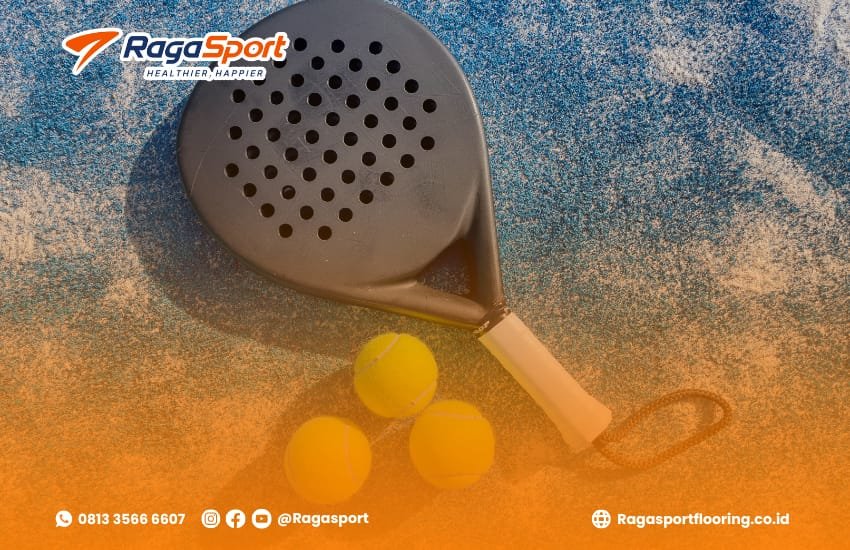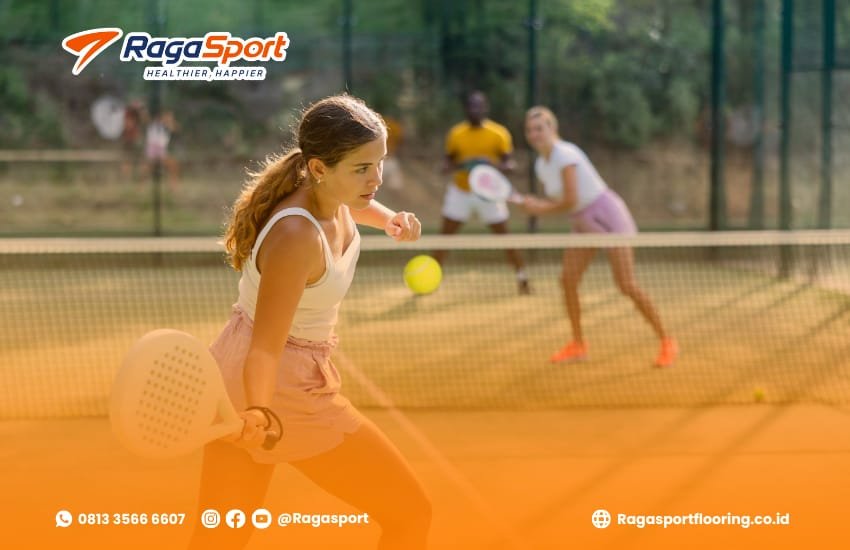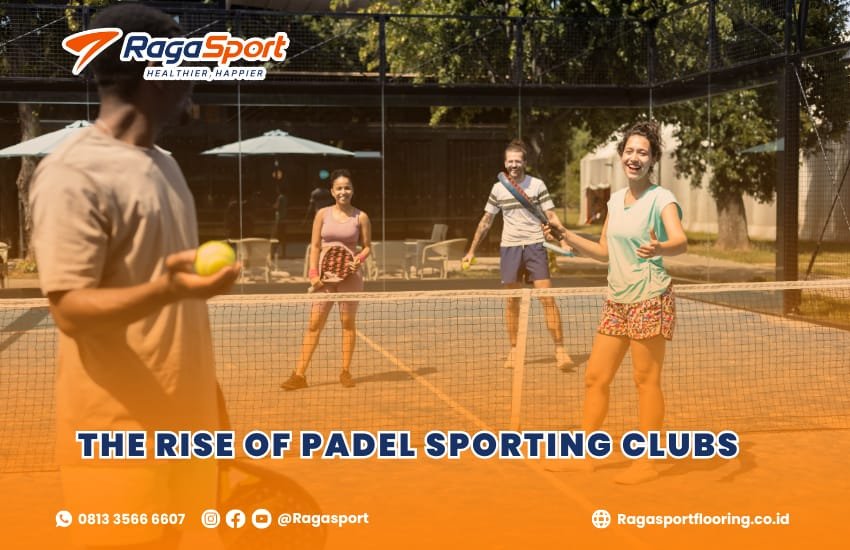Padel is quickly becoming one of the most popular racket sports worldwide, blending elements of tennis and squash into an exciting, fast-paced game. As this sport continues to gain international recognition, the rise of padel sporting clubs is shaping a new culture of social interaction, athleticism, and business opportunity.
Padel sporting clubs are no longer niche establishments; they are becoming essential community centers for fitness enthusiasts, competitive athletes, and families looking for engaging recreational activities. In this article, we’ll explore what makes a padel sporting club unique, how it contributes to the growth of the sport, and why it might be the next big move for sports entrepreneurs.
Table of Contents
What is a Padel Sporting Club?
A padel sporting club is a specialized facility designed for playing padel. Unlike traditional tennis clubs, these clubs focus specifically on padel and are built to accommodate the unique needs of the sport. Typically, they offer multiple padel courts (indoor and/or outdoor), professional-grade flooring, lighting systems, changing rooms, lounges, pro shops, and sometimes cafes or restaurants.
These clubs are not just about sports—they are lifestyle hubs. They foster a vibrant community where players of all ages and skill levels can train, compete, and socialize. From amateur leagues to international tournaments, padel sporting clubs are becoming key players in the development of padel culture around the world.
Why Padel Sporting Clubs Are Booming
Several factors contribute to the popularity of padel sporting clubs globally:
- Accessibility: Padel is easier to learn than tennis, with shorter rackets, smaller courts, and more forgiving rules. This attracts beginners, children, and senior players alike.
- Social Nature: Padel is typically played in doubles format, encouraging teamwork and making it a naturally social sport.
- Compact Facility Requirements: A padel court occupies less space than a tennis court, making it ideal for urban settings or smaller sports complexes.
- Year-Round Use: With proper design and construction, clubs can operate courts year-round, including indoor or covered options, increasing profitability.
- Fitness Benefits: Padel provides an excellent cardiovascular workout while improving agility, coordination, and reflexes.
Essential Facilities in a Padel Sporting Club

When constructing or joining a padel sporting club, it’s important to understand the key features that define a top-tier facility:
- High-Quality Courts: Standard padel courts are 20 meters long and 10 meters wide, enclosed by glass and mesh fencing. Flooring materials and drainage systems are crucial to ensure safety and durability.
- Lighting System: LED lighting ensures optimal visibility for evening matches and tournaments, while also being energy efficient.
- Changing Rooms and Showers: Clean, secure locker rooms enhance the player experience.
- Viewing Areas: Spectator zones, lounges, or seating areas add to the community vibe and encourage club participation.
- Coaching and Training Programs: Professional coaching services attract new players and build player loyalty.
- Pro Shop: Selling rackets, balls, shoes, and branded apparel not only supports the players but also generates additional revenue.
Starting a Padel Sporting Club: A Growing Business Opportunity
As demand for padel grows, establishing a padel sporting club represents a timely and strategic investment. Here are several reasons why entrepreneurs and sports facility owners are exploring this option:
- Low Entry Barriers: Compared to building a traditional tennis or golf facility, a padel club requires less land and investment.
- Membership Potential: With community-focused events and tournaments, recurring memberships and lessons can provide steady income.
- Franchise Models: Padel clubs can adopt franchising strategies, expanding rapidly with standardized branding and operations.
- Corporate Partnerships: Collaborations with brands, fitness chains, or tourism boards can offer financial support and increase visibility.
However, the success of such a venture relies heavily on quality court construction and efficient facility planning.
Choosing the Right Padel Court Construction Partner
If you’re planning to build a padel sporting club, the choice of construction partner is critical. From court design and materials to safety compliance and maintenance, expert support can make the difference between a successful club and a costly mistake.
A reputable padel court construction service will provide:
- Site assessment and space optimization
- Premium construction materials
- Weather-resistant surfaces
- Custom indoor and outdoor court designs
- Compliance with international padel federation standards
- Installation of lighting and fencing systems
- Post-installation maintenance support
Choosing a construction service that understands the local environment, regulations, and padel-specific needs will ensure long-term performance and player satisfaction.
The Role of Padel Sporting Clubs in Local Communities

Padel clubs are more than sports venues—they are powerful tools for community engagement and wellness. Here’s how:
- Youth Development: Training academies and junior tournaments nurture young talent.
- Inclusivity: With low physical barriers to entry, padel attracts a diverse range of players, including beginners and seniors.
- Health Promotion: Encouraging physical activity combats sedentary lifestyles and supports mental health.
- Community Events: Social tournaments, themed matches, and charity events strengthen community ties and increase visibility.
- Economic Impact: Clubs stimulate local economies by creating jobs and attracting tourism.
Future Trends in Padel Sporting Clubs
The future looks promising for padel sporting clubs. Here are some emerging trends to watch:
- Technological Integration: Smart courts with performance tracking, AI-powered coaching tools, and digital booking systems.
- Eco-Friendly Designs: Sustainable building materials, solar lighting, and water-efficient landscaping.
- Hybrid Facilities: Clubs combining padel with other offerings like gyms, yoga studios, or coworking spaces.
- Global Tournaments: Hosting international competitions can boost a club’s reputation and draw tourism.
By staying ahead of these trends, club owners can build lasting success in a competitive landscape.
Conclusion
Padel sporting clubs are at the forefront of one of the fastest-growing sports in the world. They represent more than just courts—they are social ecosystems that bring people together, promote health, and create business opportunities.
Whether you’re a sports entrepreneur, investor, or enthusiast, now is the time to explore the potential of building or joining a padel sporting club.

If you’re ready to build your own padel sporting club, partner with professionals who understand every detail of the sport and construction process.
Visit Klik : ragasport.com/padel-court-construction-services/
For direct consultation via WhatsApp, contact: wa.me/6281335666607

